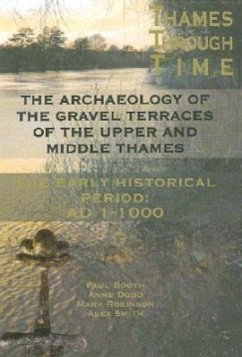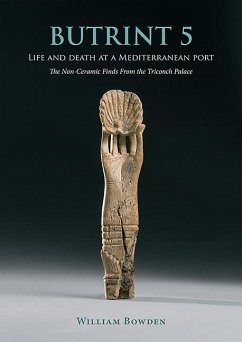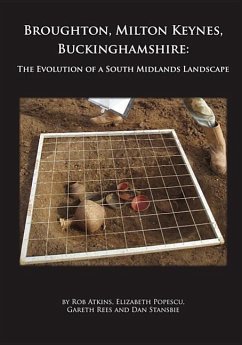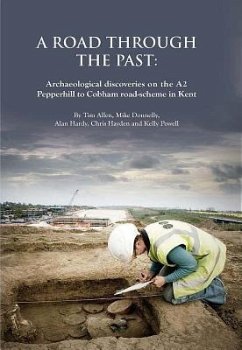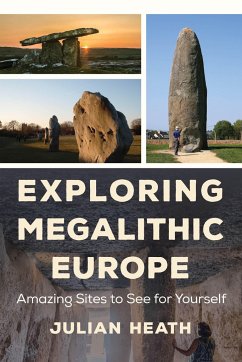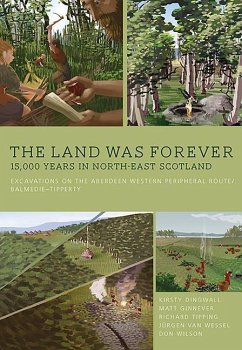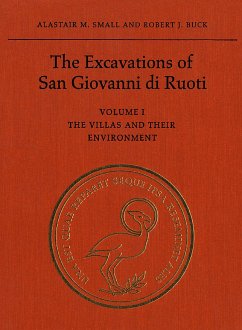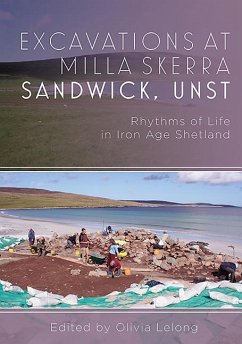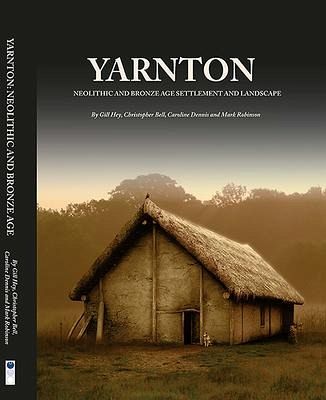
Yarnton
Neolithic and Bronze Age Settlement and Landscape
Versandkostenfrei!
Versandfertig in über 4 Wochen
41,99 €
inkl. MwSt.

PAYBACK Punkte
21 °P sammeln!
A rich prehistoric landscape was unexpectedly revealed on the Thames floodplain during investigations in advance of gravel extraction in the parishes of Yarnton and Cassington. This fascinating study examines this 2500-year settlement history and its changing landscape context on the gravel islands, silted up river channels and adjacent gravel terrace. The strength of the narrative derives from the longevity of occupation, but also the ability to combine and compare a suite of evidence related to house construction, burial practices, pit digging, craft activity, farming strategies, and interac...
A rich prehistoric landscape was unexpectedly revealed on the Thames floodplain during investigations in advance of gravel extraction in the parishes of Yarnton and Cassington. This fascinating study examines this 2500-year settlement history and its changing landscape context on the gravel islands, silted up river channels and adjacent gravel terrace. The strength of the narrative derives from the longevity of occupation, but also the ability to combine and compare a suite of evidence related to house construction, burial practices, pit digging, craft activity, farming strategies, and interaction and exchange with nearby and distant communities. The earliest evidence for more than transient occupation was the construction of a substantial, rectangular post-built house at the beginning of the Neolithic (c 3800 cal BC); traces of midden activity, pit digging and cremation burial were also found, as well as asmall, circular early Neolithic house dated to c 3600 cal BC. The volume then traces the changing character of settlement through a period of frequent but short-lived occupation events in the middle and late Neolithic and the early Bronze Age, a time when ceremonial monuments were constructed and burials were made, to more permanent settlement in the early to middle Bronze Age. Later Bronze Age settlement was focused on small circular and oval houses surrounded by evidence for domestic activity, perhaps representing single generation households.



